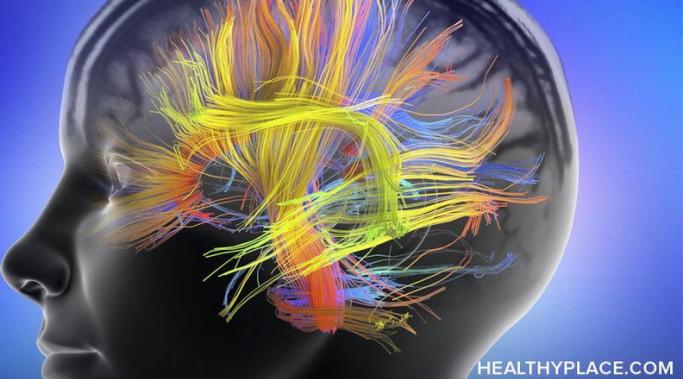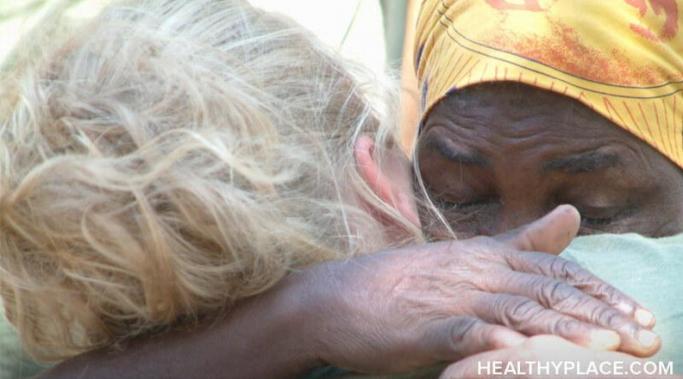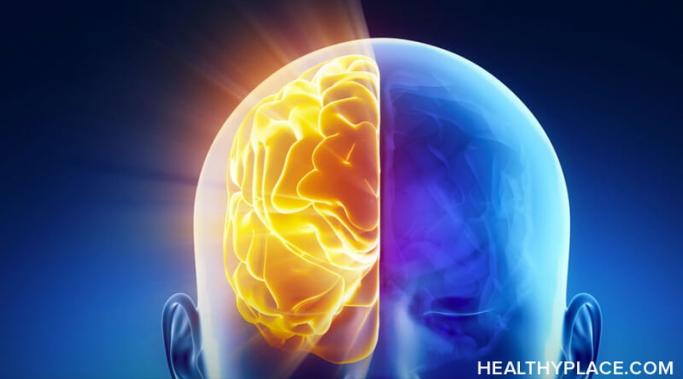The beginning of my PTSD recovery looked like this:
Force me to go to therapy for one hour, once a week.
I show up and expect the therapist to do all of the work.
For the rest of the week, I pretend there’s nothing else to do and just try to limp through the days coping with symptoms of PTSD.
Why did I pretend there was nothing else to do? Because if you’ve ever, for a second, struggled with the effects of trauma or PTSD, you know what it feels like to be sleep-deprived, depressed, emotionally volatile, powerless, hopeless and sometimes, just downright utterly despondent. In that state of mind, I often believed there was no way to save me. I was crazy and would remain so forever.
Trauma! A PTSD Blog
A reader recently asked me a very important question. Speaking of her therapist, she asks "How do I know that what he is doing therapeutically is the correct thing?" This is a surprisingly complex question. I will point out the major issues to address in coming up with an answer, then describe my own preferred way of dealing with this question.
However, there are two aspects to consider here - your therapist's viewpoint, and yours. It is quite possible for your therapist to do the "correct" thing, but not to get the results you want. Because each of these considerations deserve careful thought, I will address my reader's question in two posts. This first one will consider how to think about your therapist. We must begin by asking: What determines "correct" for your therapist?
Previously, I proposed that thankfulness can be an antidote to the anxiety (fear) that results from living with trauma memory (In the Midst of Trauma, Why Thankfulness Matters). Whereas anxiety, when examined, is a response to an anticipated loss (of safety, of something of value, or opportunity, etc.), thankfulness is a response to the realization of gain. It is, indeed, a perfect antidote. Remarkably, few people think of it that way. You now have a way to become an exceptional person, to stand out from the crowd: realize the value of gratitude, and act to bring it into your mind. Read on for a list of ways you can bring thankfulness and gratitude into your life.
A friend of mine forwards articles she finds as she researches for a major paper. Recently, she sent a copy of an article about posttraumatic growth and life-threatening physical illness. The article, by Kate Hefferon, Madeleine Greal and Nanette Mutrie, cites this quote:
It is through this process of struggling with adversity that changes may arise that propel the individual to a higher level of functioning than which existed prior to the event.
In my previous video about walking meditation, I spoke a little about meditation in general, pointing out that not all meditation is done while sitting. One can also meditate while walking, and even perform a water walking meditation (not what you may think). In some ways, this is quite possibly the best way to meditate. Walking meditation can be seen as a kind of bridge between classic sit-still meditation and the ordinary activities of our lives.
Active trauma memory - a memory that gets triggered, is intrusive, and is invariably painful - will disturb your state of mind, your focus, your ability to be productive, and any sense of hope for the future you may still possess. Put simply, it alters your present perspective on life, and never for the better. Pushing back against such an assault well may seem impossible, but that does not have to be the case. One management tactic of proven value that almost anyone can use is the practice of cultivating a sense of gratitude.
We perform mindfulness meditation to notice, to be right up against, the mystery of What Happens Next. The more you observe, the more the mystery will grow. If you'll but notice, this mystery will play with you.
Ever been caught off guard with quick and shallow breathing, increased heartbeat, foggy thinking or sweaty palms? Most likely that's because an unconscious thought has gotten loose and is wreaking havoc in your body. Your PTSD symptoms were triggered, and you couldn't stop your body's response, and none of that is your fault. But you can reduce these bodily responses by becoming more mindful of your thoughts.
We know that trauma affects the brain. Science has proven that. Yet, have you ever had someone say to you any of these things:
"PTSD isn't real; it's all in your head."
"Just get over it already!"
"Only veterans get PTSD."
I speak all over the country about PTSD symptoms. Mostly, these audiences are comprised of civilians: survivors, caregivers and healing professionals. Sometimes, too, there are people who have no PTSD connection but have been invited to hear the presentation. Inevitably, whether it's before the presentation has started or after it has finished, someone addresses me to say some variation of one of those three things (on a really awful day, all three!).
Why don't people get what it means to struggle with PTSD?
Previously, I proposed that trust of your therapist is necessary if you are to achieve the success you hope for when engaging their services (Therapy's First Obstacle: Trust My Therapist? No Way!). At the least, you hope for reduction of the undesirable trauma and/or PTSD symptoms which bring you to therapy in the first place. You should also hope to regain at least some of what you've lost because of the intrusion of these symptoms into your daily life. Working collaboratively and cooperatively on these important, challenging goals with your therapist is the only reasonable plan for you to adopt if you want therapy to work.









